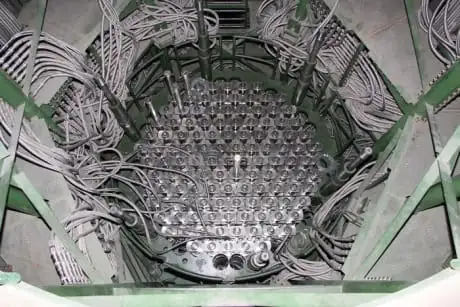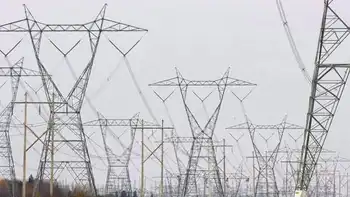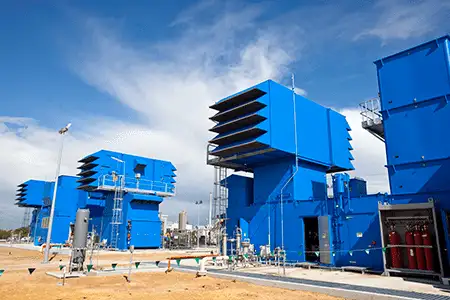Leningrad II-1 reactor assembled

Substation Relay Protection Training
Our customized live online or in‑person group training can be delivered to your staff at your location.

- Live Online
- 12 hours Instructor-led
- Group Training Available
Leningrad II VVER-1200 Reactor Vessel assembly completed in Sosnovy Bor, with Rosenergoatom preparing for first criticality, hydraulic tests, and physical startup checks of neutron physics, control systems, and passive heat removal safety.
Key Points
Core vessel for Leningrad II Unit 1, completed, sealed, and prepared for hydraulic tests ahead of first criticality.
✅ Hydraulic tests to verify circuit integrity and equipment density
✅ Physical tests to refine neutron-physics of initial fuel loading
✅ Passive heat removal system testing completed; fuel loading began
Rosenergoatom has completed the assembly of the reactor vessel for unit 1 of the Leningrad Phase II nuclear power plant, which is in Sosnovy Bor in western Russia, even as it develops power lines to reactivate the Zaporizhzhia plant in a separate project. The nuclear power plant operator subsidiary of state nuclear corporation Rosatom said yesterday the VVER-1200 is now being prepared for first criticality this month.
Alexander Belyaev, chief engineer of Leningrad NPP, said in the company statement, noting industry-wide nuclear project milestones this year: "The reactor is fully assembled, sealed and ready for hydraulic tests of the first and second circuits, during which we will once again check the equipment of the reactor installation, and finally confirm its density. After that, it will be possible to start the reactor at the minimum controlled power level."
Belyaev said this preparatory phase "envisages a whole series of physical tests that will make it possible to refine the neutron-physical characteristics of the first fuel loading of the nuclear reactor, as well as prove the reliability of the entire control and safety system (in line with the US NRC's final safety evaluation for the NuScale SMR) of the reactor installation".
The existing Leningrad plant site has four operating RMBK-1000 units, while Leningrad II will have four VVER-1200 units, as projects like the Georgia nuclear expansion continue to take shape globally. Testing of the passive heat removal system of unit 1 of Leningrad II was completed in late August and fuel loading began in December, while a new U.S. reactor startup underscored the broader resurgence.











